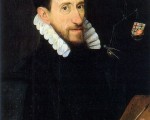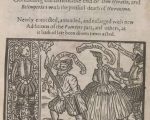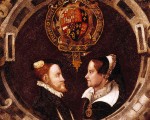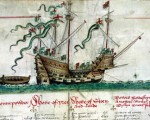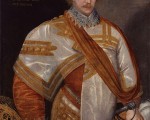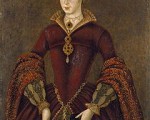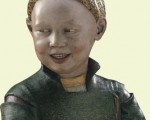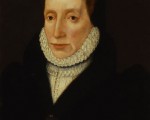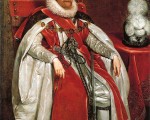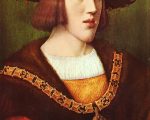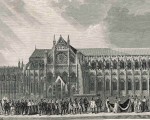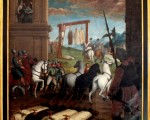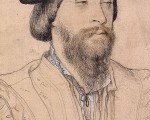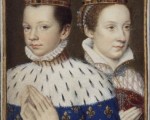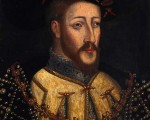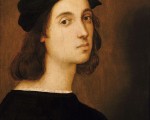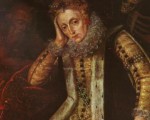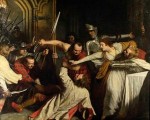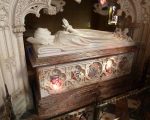
YOUR SEARCH UNCOVERED 846 RESULTS
-
This week in history 5 – 11 September

-
This week in history 29 August – 4 September
-
This week in history 15 – 21 August
-
7 August 1485 – Henry Tudor lands at Mill Bay
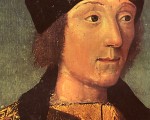
On this day in history, 7th August 1485, Henry Tudor, the future Henry VII, dropped anchor at Mill Bay, near Milford Haven, Wales. When he reached the beach, it is said that he prayed “Judge me, O Lord, and favour my cause.”
[Read More...] -
This week in history 1 – 7 August
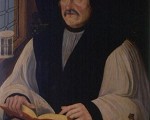
-
This week in history 25 – 31 July
-
This week in history 18 – 24 July
-
This week in history 11 – 17 July
-
This week in history 4 – 10 July
-
This week in history 27 June – 3 July
-
This week in history 20 – 26 June
-
This week in history 13 – 19 June
-
This week in history 6 – 12 June
-
This week in history 30 May – 5 June
-
Thomas Howard, 3rd Duke of Norfolk
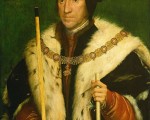
Thomas Howard was the eldest son of Thomas Howard, 2nd Duke of Norfolk, and of Elizabeth Tilney. He was the brother of Elizabeth Boleyn (née Howard) and Edmund Howard so was uncle to Queens Anne Boleyn and Catherine Howard. Howard’s father and grandfather had fought on Richard III’s side at the Battle of Bosworth but Howard was able to work his way back into royal favour by fighting for the Crown against both the Cornish rebels and the Scots in 1497. He was made a Knight of the Garter in 1510, was created Earl of Surrey in 1514 and succeeded his father as Duke of Norfolk in 1524. In September 1514 he was prominent in leading the English army in defeating the Scots at the Battle of Flodden.
[Read More...] -
This week in history 16 – 22 May
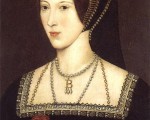
-
Thomas Wriothesley by Sarah Bryson
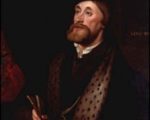
Thomas Wriothesley (pronounced Riz-lee) was a prominent member of the court during the reign of King Henry VIII and his son King Edward VI. Born on 21 December 1505, Thomas was the first child and oldest son of William Wriothesley and Agnes, daughter of James Drayton. The couple went on to have three more children, daughters Elizabeth and Anne born in 1507 and 1508 respectively and a second son, Edward born in 1509.
Wriothesley was educated at St Paul’s School, London before he went to Trinity Hall, Cambridge in around 1522. One of his teachers was the famous Stephen Gardiner, Bishop of Winchester, who would play a large role in the religious discussions of Henry VIII’s later years. His fellow students reported that Wriothesley was intelligent, had integrity of mind and was very handsome.
[Read More...] -
Il Politico: Niccolò Machiavelli by Heather R. Darsie
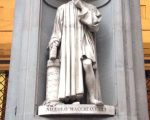
On 3 May 1469, Bartolomea and Bernardo welcomed their first son, Niccolò di Bernardo dei Machiavelli, in Florence, Italy. By the time of Machiavelli’s birth, Florence was the cultural capital of the Tuscan region and is today regarded as the birthplace of the Italian Renaissance. Starting in 1434, the famed Medici family had come to control Florence. Machiavelli would seek to serve the powerful Medici family and write his most famous work, The Prince, in an attempt to convince them to employ him.
[Read More...] -
This week in history 2 – 8 May
-
Sir William Kingston and the Arrest of Anne Boleyn by Sarah Bryson
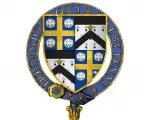
On 2 May 1536, Anne Boleyn was ordered to present herself to the Privy Council. Standing before the Duke of Norfolk, Sir William Fitzwilliam and Sir William Paulet, Anne Boleyn was arrested for committing adultery with three men: Mark Smeaton, Henry Norris and an unnamed man.
After lunch, Anne was escorted from Greenwich to the Tower of London. Popular myth tells of how Anne entered the Tower of London from the Thames through ‘Traitors Gate’. However, researchers and historians suggest that she would have arrived through the Court Gate near the Byward Tower – which was the common entrance for people of nobility and royalty. Here she was met by Sir Edmund Walsingham, the Lieutenant of the Tower, and escorted inside.
[Read More...] -
This week in history 25 April – 1 May
-
An evening with the authors – 24 September 2016, London
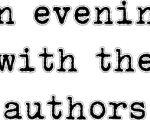
Yay! I’m so excited! On 24th September eighteen of MadeGlobal Publishing’s authors will be in London for “an evening with the authors”. This is your chance to mingle with 18 Tudor history authors (many of whom are Tudor Society contributors), have your photo taken with them by a professional photographer, get their autographs, discuss your book idea with MadeGlobal Publishing, and fire questions at the authors in a Q&A session.
[Read More...] -
This week in history 18 – 24 April
-
This week in history 11 – 17 April
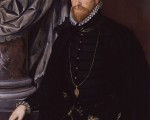
-
This week in history 4 – 10 April
-
This week in history 28 March – 3 April
-
April 2016 Tudor Life Magazine
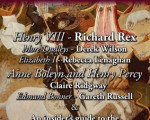
Packed with a wide range of articles about Tudor personalities like the Dudleys, Elizabeth of York, Mary I, Isabella of Spain and Henry Howard. There is part one of an insider’s guide to the Tower of London, a detailed article about Greenwich Palace and Wroxhall Abbey, an article about some bizarre Tudor foods and lots more! It’s our best magazine yet!
[Read More...] -
Sorrow in the City: Reactions to the End of an Age by Heather R. Darsie
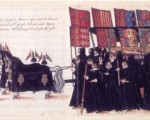
“It is not my desire to live or to reign longer than my life and my reign shall be for your good,” said Elizabeth to her parliament in 1601. Upon one of the many times parliament questioned Elizabeth about her plan of succession, she stated, “I know I am but mortal and so therewhilst prepare myself for death, whensoever it shall please God to send it.” And send it, God eventually did.
24 March, 1603. Elizabeth I, the Virgin Queen, England’s Gloriana and daughter of the great Henry VIII by the ill-fated Anne Boleyn, passed away peacefully in her sleep at Richmond Palace. She was 69 years old and had reigned for almost 45 years.
[Read More...] -
This week in history 21 – 27 March
-
This week in history 7 – 13 March

